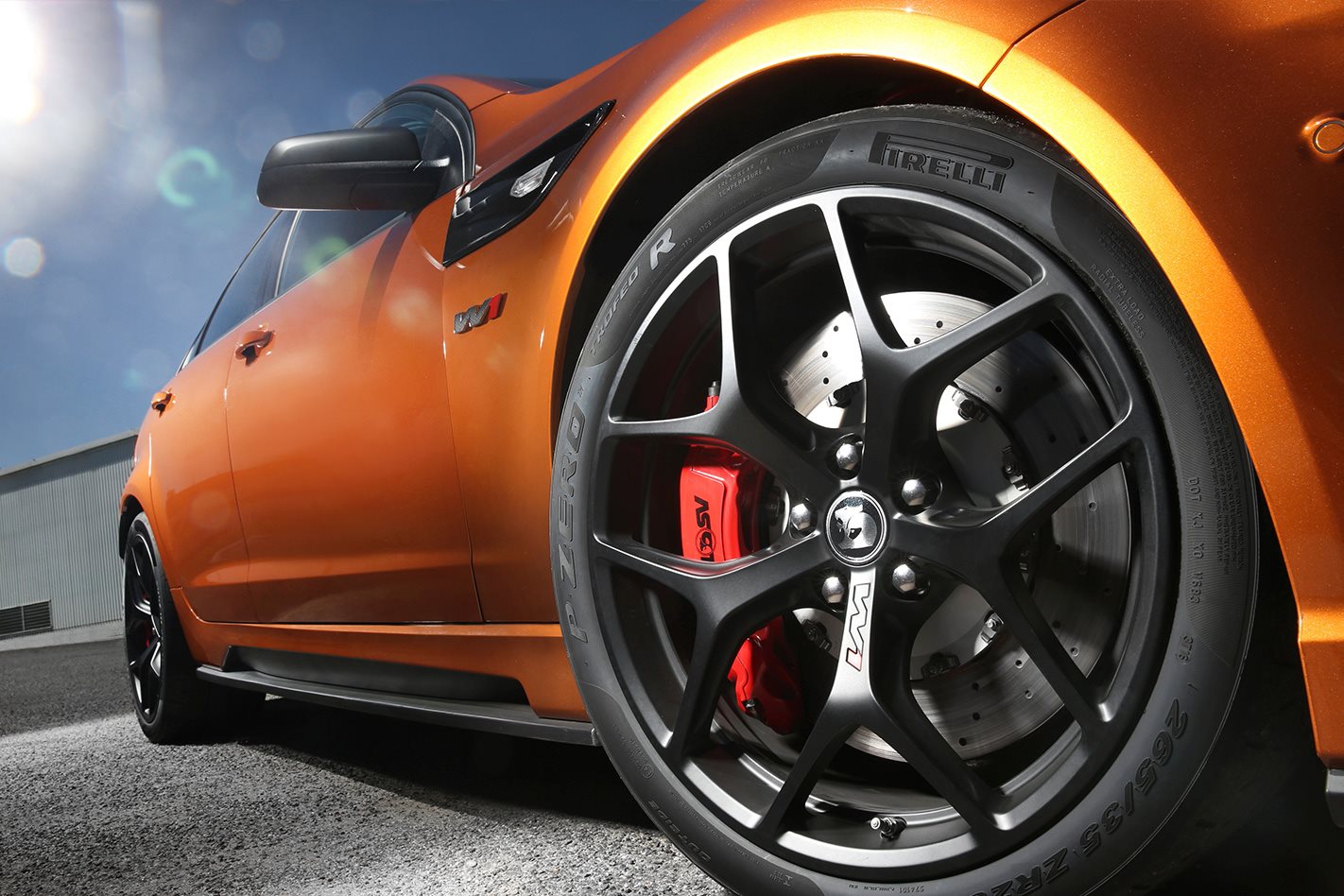Okay, you’ve heard the rumours – stories about a last-of-the-breed big-hitter to mark the end of HSV’s locally produced hot-rods.
Tales of near-on 500kW, V8 Supercar suspension and semi-slick tyres. And whispers of a price north of $150,000. In other words, the most powerful, most expensive Australian-made car. Ever. Well, just for once, the rumours turn out to be true.
Mind you, it’s not that simple and while there is a headline act, HSV has put together a three-car range of big-bangers to farewell the local Commodore platform, just so there’s something for everyone. Everyone with fairly deep pockets, anyway.
The farewell line-up has been dubbed the GTSR family and more or less amounts to a GTS sedan and Maloo with plenty of mods and tweaks as well as the big-daddy W1 with pretty much all those rumours bolted to it. Tweaks you say?

Starting at the start, the GTSR and GTSR Maloo’s blown 6.2 (LSA) gets a small power hike from the GTS’s 430kW. The new number is 435kW and comes courtesy of a new air filter. Torque remains at 740Nm.
A brake upgrade is part of the deal with new-gen six-piston AP Monobloc calipers now grabbing 410mm floating rotors at the front. Four-piston calipers decorate the rear axle. Wheels are now forged 20-inchers in the same sizes as the GTS.
Check out our 8 nerdy facts about the HSV GTSR W1
HSV has really gone for the doctor with the bodywork, too, and somehow managed to get a set of widened polypropylene front guards past the bean-counters. There’s also new front and rear fascias, fender vents, a rear diffuser, rear spoiler, exhaust tips and, of course, the appropriate badging. Inside, it’s a mix of Alcantara and leather.

Are we looking at a further modified LSA? No, we are not. Instead, you’ll find an LS9 a la the Corvette ZR1. It remains a 6.2-litre engine but with a bigger pump and a range of internal goodness, it kicks out 474kW and 815Nm.
Some of the extra power is liberated by being able to rev the thing to 6600rpm, and to achieve that, the LS9 gets forged titanium con-rods, forged alloy pistons, titanium inlet valves, hollow-stem exhaust valves, under-piston oil jets for cooling, a specific camshaft and a 2.3-litre belt-fed blower.
Underlining all that race-tech is a dry-sump system that holds almost 10 litres of oil and incorporates a water-to-oil cooler. That list wouldn’t look out of place on the spec sheet of a high-end racer.
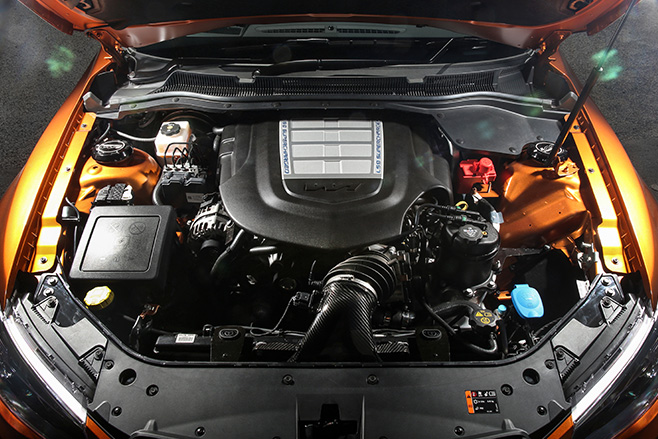
The other piece of the puzzle is the intercooler, which has 47 per cent more capacity than the LSA’s unit, features a twin brick design (one matrix per bank) a front-mount heat exchanger and a stand-alone, sealed cooling system (it doesn’t use the engine’s coolant).
You can forget about an auto tranny option for the W1; there’s just no auto that is compatible with the LS9 AND capable of harnessing 800 Newtons. So HSV has cobbled together its own take on the Tremec TR6060, combining the Corvette’s gearset (known within GM as MH3).
The high ratios are shorter, the low ratios are taller. That’d be a close-ratio ‘box, then. A twin-plate clutch has been snavelled from the Sachs catalogue and there’s a solid (single-mass) flywheel.

The rotors are fully floating with sliding pins and anti-rattle clips to keep them civilised. All up, we’re talking 25 per cent more pad area and a 10 per cent reduction in unsprung weight. Really, it’s a win-win.
Throw in the R-spec Pirelli P Zero Trofeos and it’s all starting to look and sound a bit racy, no? Well, it gets better. See, the wider front guards have allowed not just for the 265/35 R20 hoops, but also a change to wheel offset and scrub radius. It sounds Nth-degree, but it’s all tried and true race-car stuff.
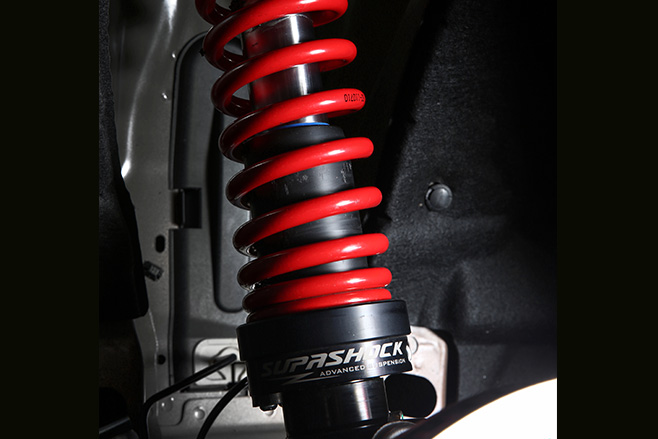
All four corners feature monotube construction, and the rears have ditched the actual, physical coil-over layout so that HSV could mount the rear spring in the original upper spring mount (and the rubber pad) in the interests of keeping transmitted noise down.
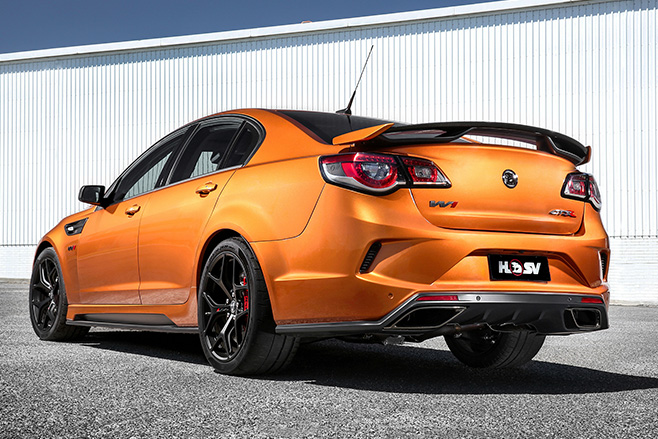
That’s a big change, for sure, and it means the W1’s spring rates are now getting up towards the rates that you’d see in a Supercar set-up for something like a street circuit. Hardcore, or what? And what’s that going to do to ride comfort?
Inside, the W1 gets full Alcantara seating and a tiller and gear-knob trimmed in the same stuff. The diamond-pattern stitching sounds kind of twee, but when you see it in the flesh, it’s just lovely.
Outside, you’ll pick the W1 by its specific 20-inchers, and a heap of carbon-fibre extending from the fender vents to the skirts and the upper part of the rear wing. Then there are the trapezoidal exhaust tips and bold GTSR rear diffuser just to make sure. Nah, you ain’t gonna miss it.
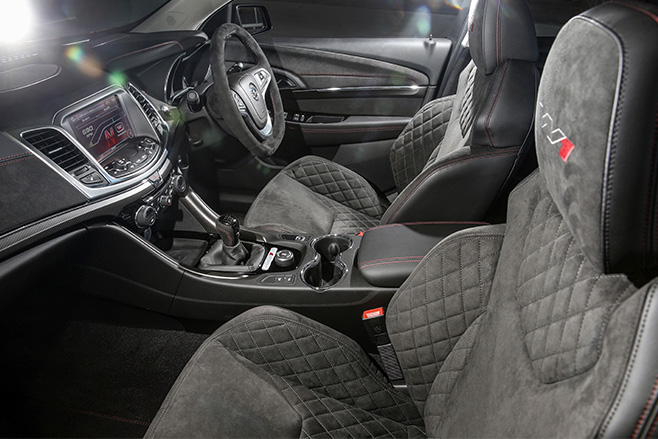
Few of them will see the road on a regular basis, some of them will possibly never see the road at all. Throw in the $169,990 ask and you can see why an actual W1 sighting will be a bit of a rarity.
Search Engine
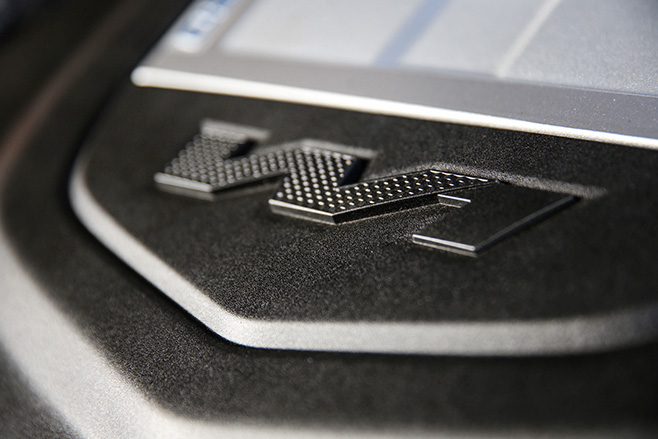
“We had to head to the US and start going through warehouses trying to find enough engines,” he says. “And then we had to kind of beg for them. At the start, we could only find a handful, but we kept at it and found enough to complete the program.” The challenges didn’t stop there. “We had to come up with a new accessory drive, too,” Stoddart says. “The Corvette has hydraulic power steering so the accessory drive included that.
We didn’t need that (the Commodore has electric-assist) so the pulleys are our own. “But an even bigger problem was finding a transmission to handle 800Nm. We knew the Tremec TR6060 from the Corvette could, but that car has a transaxle, not a conventional layout. So we had to somehow put that gearset into our gearbox casing. Then we couldn’t find an input shaft anywhere in the GM world that was the right length, so we had our own made.”
Stoddart admits that’s a lot of development work for a car that will be built just 300 times. While nobody is saying for sure how much gold has been used, HSV brass reckon the number is close to $10 million. Yet, HSV claims the car will still be profitable, saying “it’s not a price gouge on our part. Not by any means.”
Under the skin
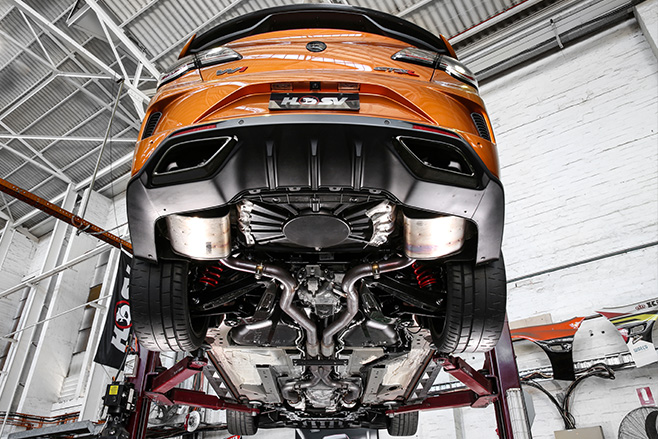
1. Noise A two-and-a-half inch stainless exhaust system and recalibrated bi-modal valve ups the volume
2. Tyres The track-focused R-Spec Pirelli Trofeos will stick like glue around a track – but risky in the wet
3. Dry sump The V8 is dry-sumped with an oil capacity of almost 10 litres and a water-to-air oil-cooler
4. Suspension With the addition of SupaShock items the W1 has suspension akin to (V8) Supercars. Impressive

